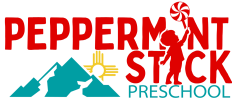Inclusive
Environment
A Safe Place To Grow
At Peppermint Stick Preschool, we welcome children of all abilities, backgrounds, and learning needs into shared classrooms. Our inclusive approach means children with and without disabilities learn and grow together—fostering empathy, respect, and stronger developmental outcomes for everyone.
We support children with IEPs, speech or developmental delays, physical or behavioral challenges, and dual-language learners. Our trained staff adapts activities so all kids can participate—whether that means using picture cards, sign language, or modifying tasks to fit each child’s needs.
We also embrace language inclusion with bilingual (English/Spanish) staff, classroom labels in both languages, and words from each child’s home language. Families are invited to share their traditions and culture, helping every child feel seen and valued.
At Peppermint Stick, inclusion isn’t just a policy—it’s how we build community.
If you value inclusive education, Peppermint Stick Preschool is the perfect place. We celebrate each child’s uniqueness and create a caring, supportive community. Whether your child has special needs or is typically developing, they’ll feel at home here. Contact us to see how we can support your child’s growth—because every child belongs, and every child shines.
Key Benefits
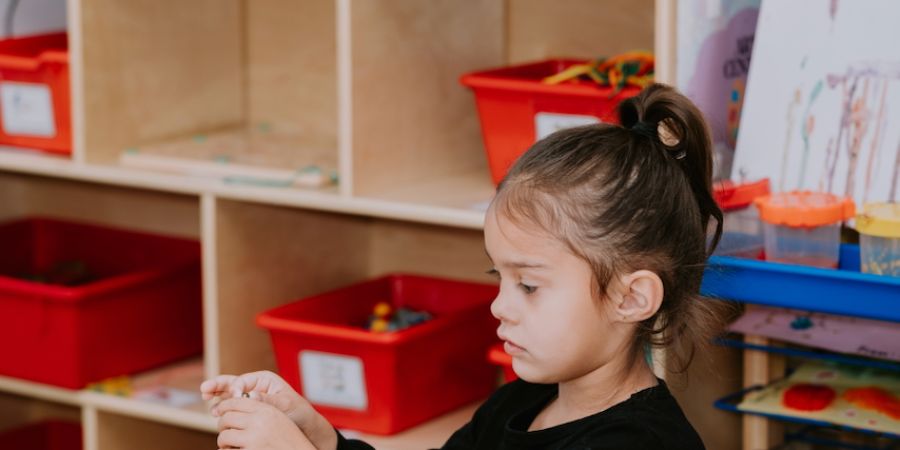
Diverse Learning Experiences
In our inclusive classroom, children learn to value different abilities and cultures through everyday interactions. They become comfortable with differences—like a classmate using a wheelchair or speaking another language—and grow more adaptable, compassionate, and creative as a result.
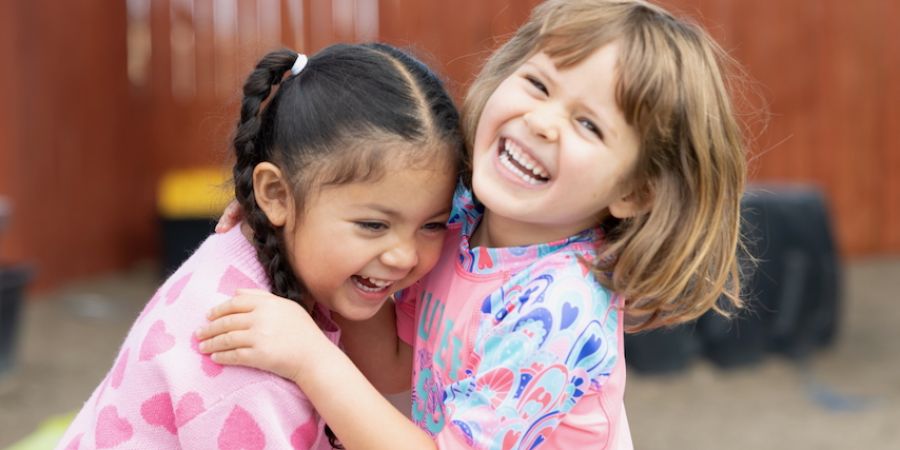
Empathy and Leadership
Inclusion fosters empathy. Children become more understanding, often helping classmates or celebrating their progress. They also take on leadership roles as “buddies,” which builds confidence and responsibility—all while learning compassion through real-life experiences.
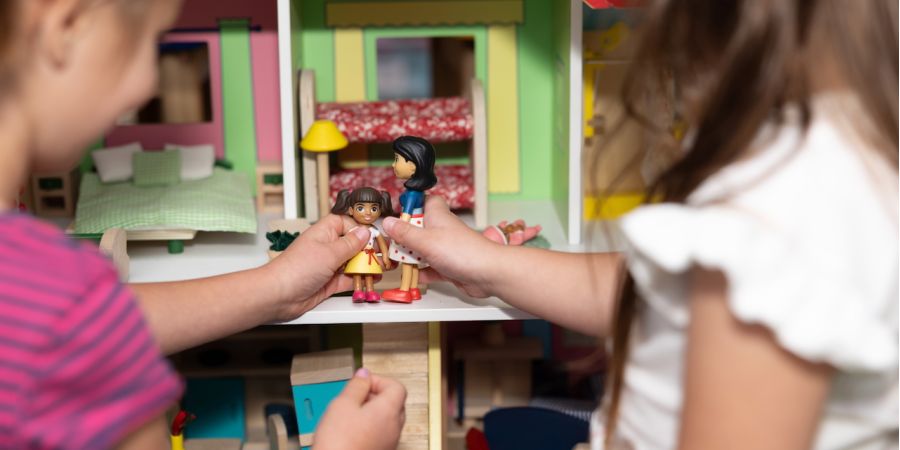
Better Outcomes for Children with Special Needs
For children with disabilities or delays, inclusion can boost development. They learn by watching and interacting with peers, often gaining social and language skills faster than in separate settings. It also builds self-esteem and belonging—they’re simply part of the group, with support when needed.
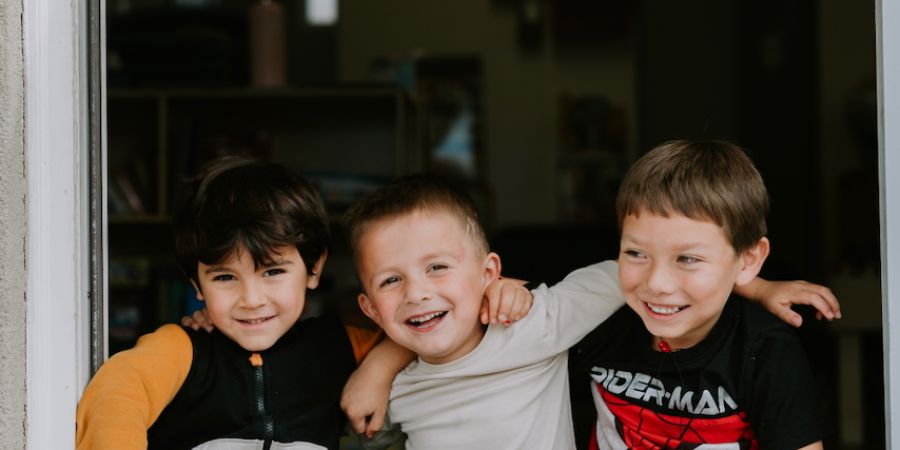
Family Acceptance and Support
Inclusion extends to families. Parents of children with and without special needs find support, understanding, and shared values. We encourage conversations and connections that build empathy—like planning playdates with a child’s needs in mind. Every family feels welcome, valued, and part of our preschool community.
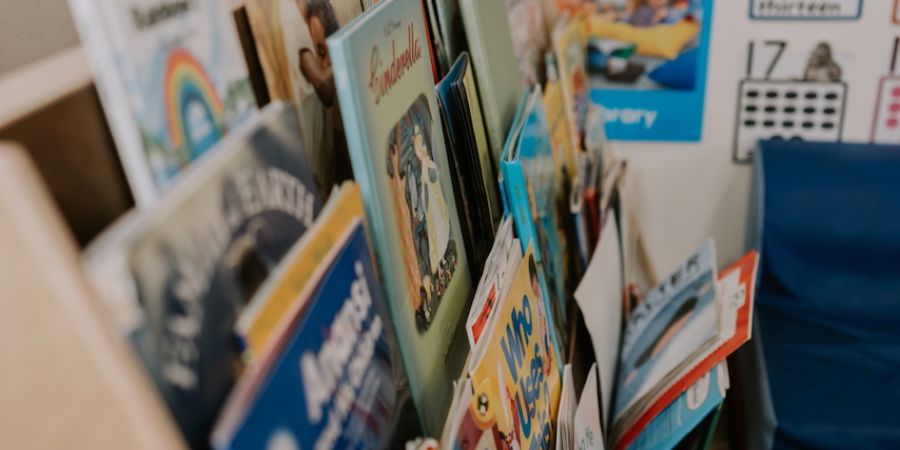
Individualized Learning
Inclusion leads to more personalized learning for every child. We use differentiated instruction to meet each child where they are—challenging advanced learners and supporting those who need extra help. Our inclusive approach sharpens our ability to observe, adapt, and ensure no child is overlooked or held back.
What Makes Us Different
We work closely with early intervention programs and APS special education services to support each child. Therapists are welcome to work with children on-site, and our teachers collaborate with them regularly—even attending IEP meetings when needed. This teamwork ensures consistency and helps every child make meaningful progress.
They use tools like visual schedules, simplified language, and sensory supports to help every child succeed. More importantly, they lead with kindness—seeing strengths, not challenges. That mindset spreads to the kids too. When a child with unique needs joins, classmates naturally include them, often learning new ways to connect. Peer acceptance isn’t a bonus here—it’s part of the culture we build every day.
We encourage children who are learning English to continue using their home language while they acquire English – this means teachers might learn a few key words in the child’s language, and peers might pick them up too. We celebrate cultural holidays from our students’ backgrounds (think Dia de los Muertos, Chinese New Year, etc., if we have families who observe them). Our inclusive environment is not just about disabilities, but also about culture and family structure. We welcome all – children from multiracial families, children with same-sex parents, kids being raised by grandparents – and make sure our curriculum and communications reflect and respect all kinds of families.
We support each child’s needs with care and ease—whether that means using adaptive equipment, creating allergy-safe spaces, or explaining differences in simple, positive ways. When kids have questions, we answer openly and age-appropriately to build understanding. This approach helps reduce stigma and creates a classroom where every child feels accepted and valued.
